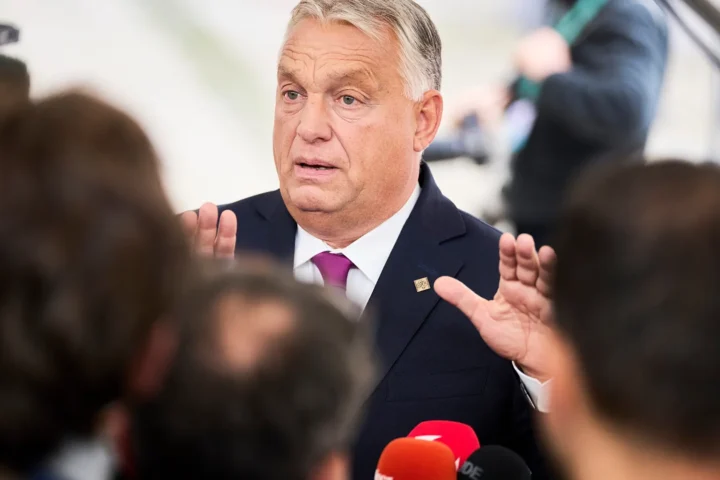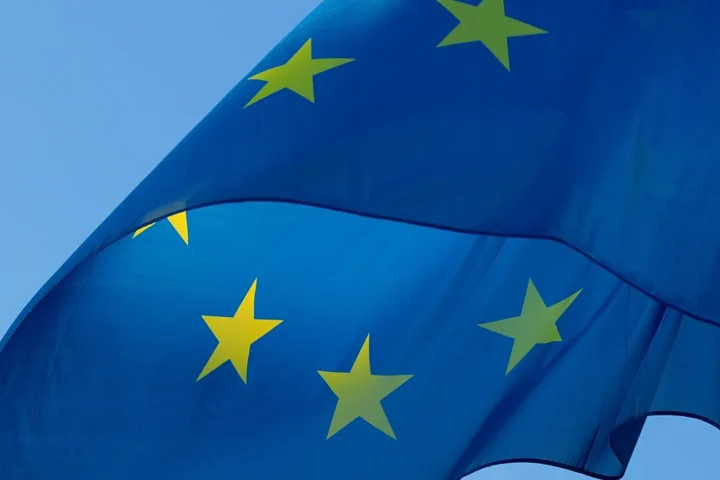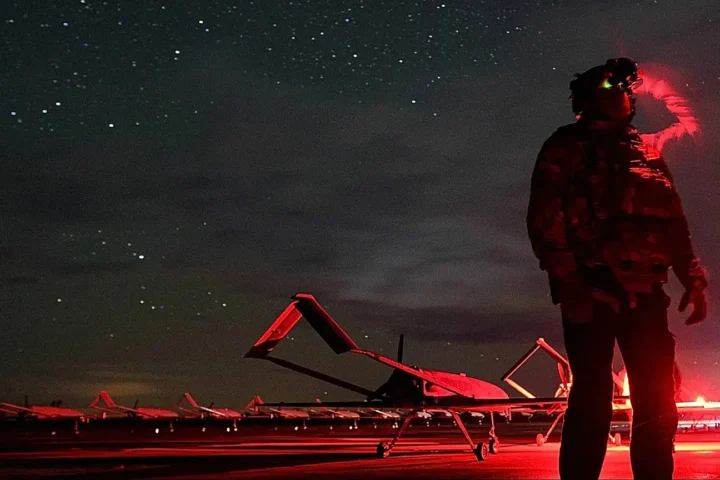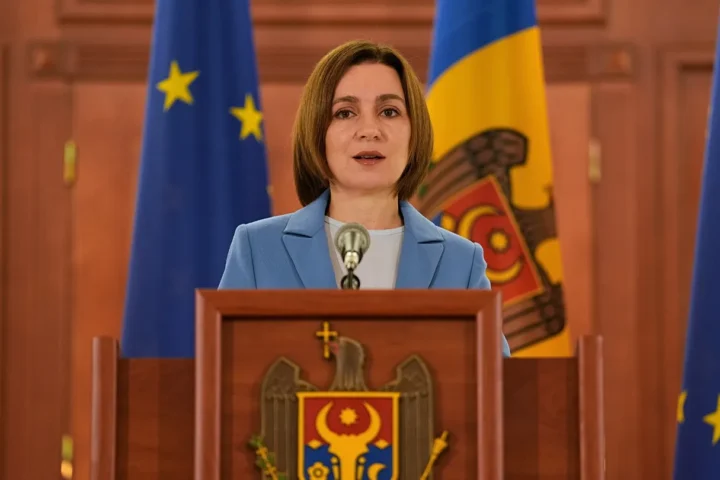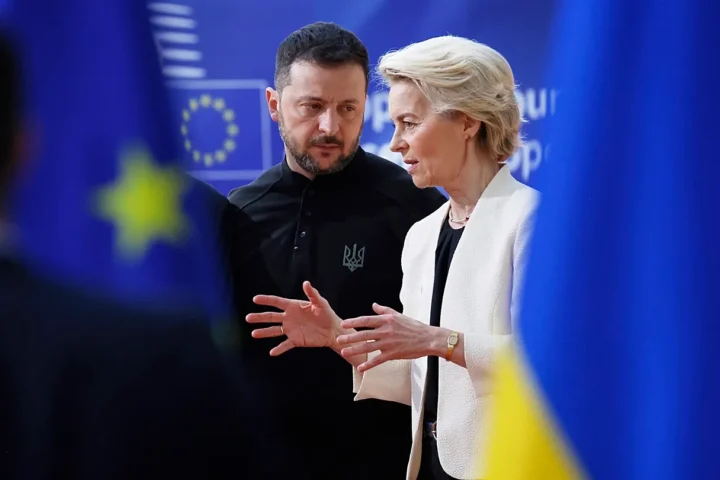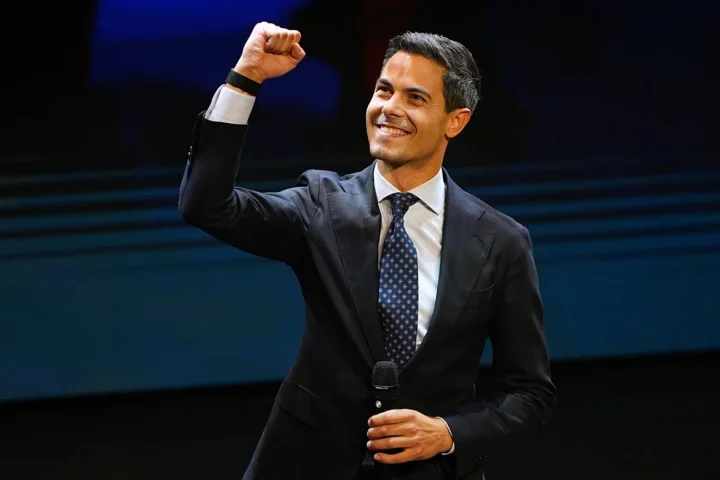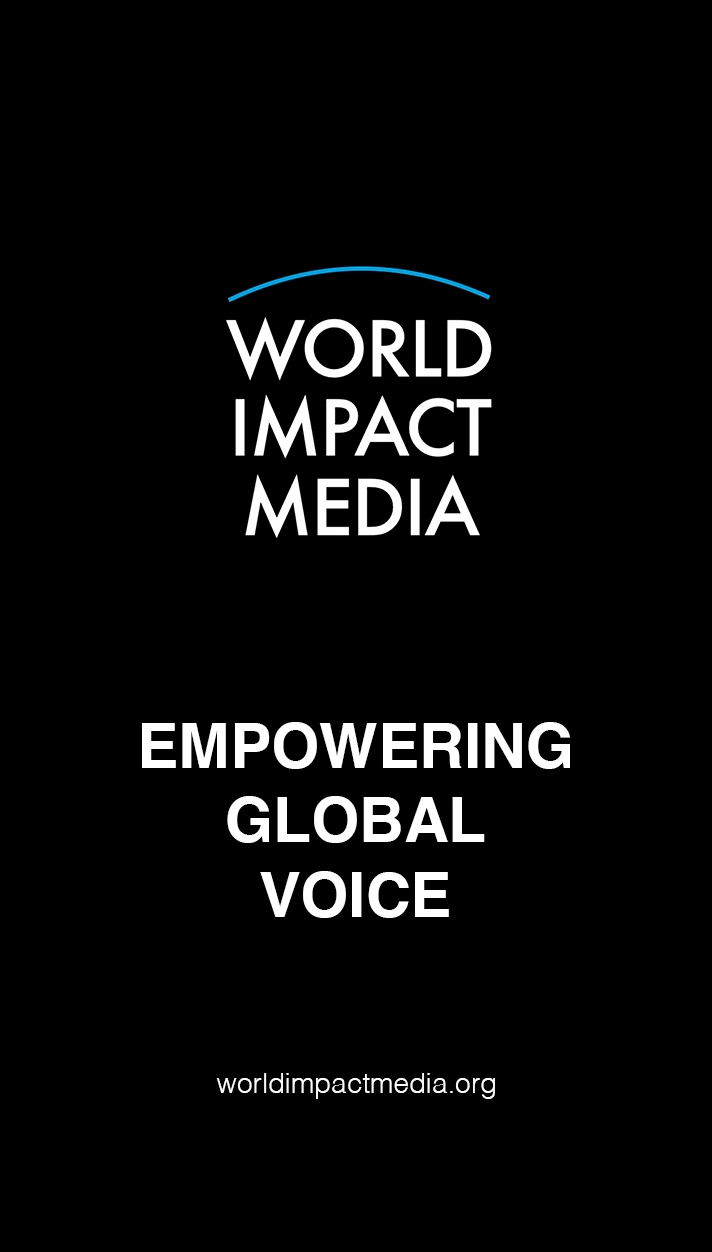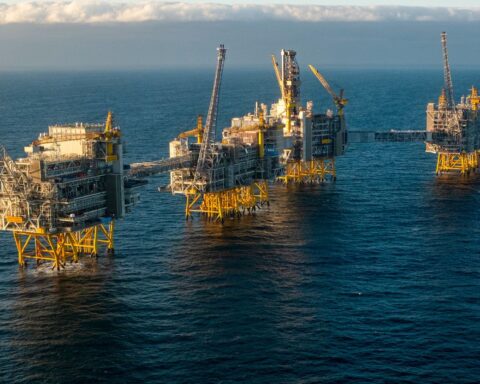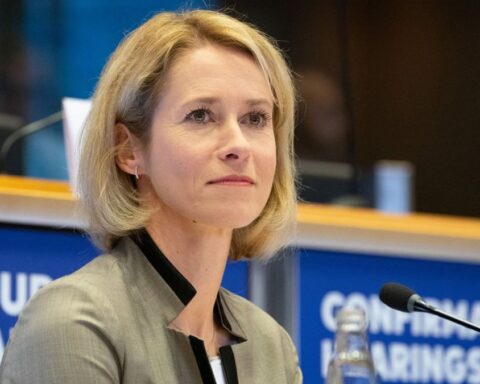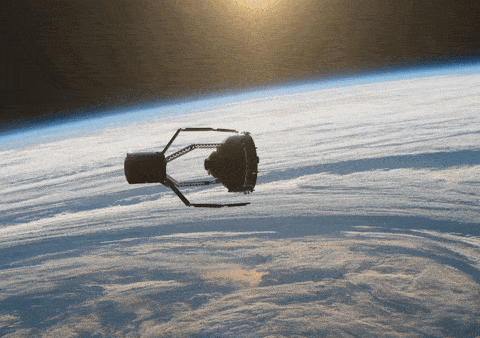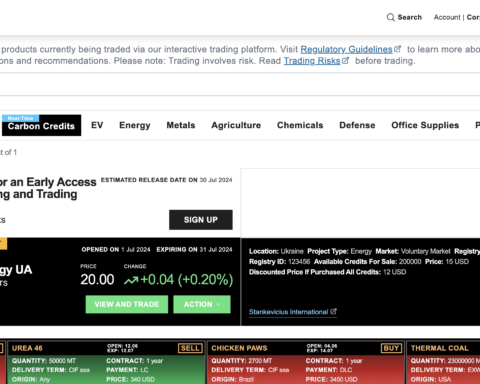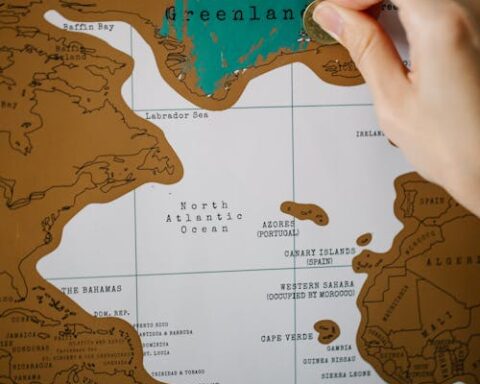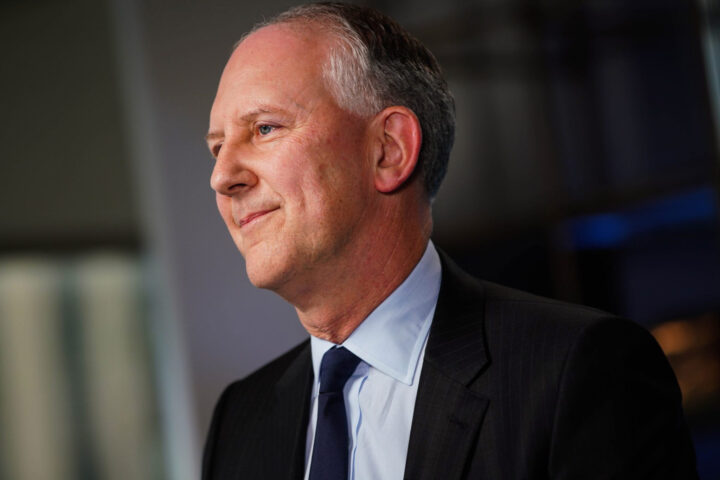As the European Union intensifies its discussions on how to use frozen Russian assets to support Ukraine, a perplexing and politically charged question has emerged: where exactly are these assets? Despite more than two years of sanctions and asset freezes following Russia’s invasion of Ukraine, only one country — Belgium — has been transparent about the extent and location of the immobilized funds.
The rest of Europe remains largely silent, creating an opaque situation that is frustrating policymakers, confusing the public, and complicating efforts to turn those assets into a tangible financial weapon against Moscow.
The Scale of the Frozen Fortune
Since early 2022, Western nations have immobilized over $300 billion in Russian central bank assets — the vast majority of which are held in European institutions. According to estimates from the European Commission, roughly €210 billion ($225 billion) of these funds sit within the EU’s jurisdiction.
Most of that money, as it turns out, is believed to be held at Euroclear, the Brussels-based financial clearinghouse. Belgium, to its credit, has acknowledged this openly: about €190 billion ($200 billion) in Russian central bank reserves are locked in its financial system.
The remaining billions are scattered across the continent — from Frankfurt and Paris to Vienna and Luxembourg — but no other government has publicly confirmed where or how much they are holding.
“We have a general idea of the total figure, but the distribution remains deliberately vague,” said one senior EU diplomat. “Member states are reluctant to expose the precise locations for legal, political, and security reasons.”
The Push for a Reparations Loan to Ukraine
The issue of asset transparency resurfaced this autumn as EU leaders debated a reparations loan package for Ukraine, which would be backed by profits from these frozen Russian assets.
The proposal — first championed by the European Commission and later supported by the United States and G7 allies — envisions using interest generated from the immobilized reserves to help fund Ukraine’s reconstruction and defense.
European Commission President Ursula von der Leyen has called the plan “a moral and strategic necessity,” arguing that Russia must pay for the destruction it has caused.
But as EU finance ministers dug into the details, they encountered a thorny obstacle: nobody seems to know exactly where the money is — at least not publicly.
“We’re trying to build a financial mechanism on a foundation that’s partly invisible,” one EU official told Washington Morning. “Belgium is the only member state that’s fully transparent. Everyone else hides behind confidentiality.”
Why the Silence?
There are several reasons for this reticence, ranging from legal ambiguity to geopolitical caution.
First, under EU law, member states are responsible for enforcing sanctions, meaning that the frozen assets technically remain under national jurisdiction, not that of the European Commission. Governments are not obligated to disclose the full breakdown of those holdings publicly — and many are unwilling to do so for fear of political backlash or retaliatory action from Russia.
Second, there are legal sensitivities surrounding the use of central bank reserves. Unlike private assets belonging to sanctioned individuals or companies, central bank assets are considered sovereign property, which enjoys a higher level of protection under international law.
Finally, some countries worry that revealing too much could expose their financial institutions to risk, including cyberattacks or retaliatory sanctions.
“There’s a quiet consensus to keep things opaque,” said a financial analyst based in Frankfurt. “Transparency could open a Pandora’s box of legal challenges and political blame.”
Belgium’s Uncomfortable Spotlight
Belgium has found itself in an unusual position: both praised and criticized for its openness.
By confirming that Euroclear holds nearly €200 billion in Russian assets, Belgium has become the focal point of the entire sanctions regime. The country’s finance ministry also revealed that it has collected billions in windfall taxes on interest earned from those assets — money that could eventually be redirected to Ukraine.
But this transparency has come at a cost. Euroclear has faced mounting legal and cyber pressures, while Belgian officials have been accused by Moscow of “theft” and “economic piracy.”
“Belgium is doing what others should do,” said one EU lawmaker. “But the fact that it’s standing alone makes the whole system look disjointed and politically timid.”
The Fragmented Financial Landscape
The rest of Europe’s frozen Russian assets are likely spread across a handful of key financial centers:
- Germany, which has long-standing financial ties with Russian entities through institutions in Frankfurt.
- France, home to major clearing and banking operations that once facilitated Russian Eurobond transactions.
- Luxembourg, where investment funds and custodians manage cross-border portfolios that may include Russian sovereign instruments.
- Austria and the Netherlands, both historically linked to Russian energy financing.
However, the absence of a centralized EU registry means there is no unified accounting of the assets, a situation critics say undermines transparency and weakens the bloc’s ability to act decisively.
“We can’t enforce a credible sanctions regime if we don’t even know where the money is,” said Maria Demertzis, a senior fellow at Bruegel, a Brussels-based think tank. “This opacity benefits no one — except Russia.”
Legal and Ethical Dilemmas
Even if the EU could precisely identify every euro of frozen Russian funds, using them remains legally complex.
Under international law, foreign reserves are protected by sovereign immunity, meaning that they cannot be seized or transferred without due legal justification. Western policymakers are therefore treading cautiously, opting to use the profits generated by these assets — rather than the assets themselves — to finance Ukraine’s recovery.
Yet critics argue that this distinction is largely symbolic. “You’re still taking financial value derived from Russian property,” one European lawyer noted. “It’s a gray area that will certainly end up in court.”
The fear of legal reprisal — particularly from Russian state-owned entities — explains much of the European hesitation to disclose asset locations.
The U.S. Push and Global Implications
The United States has been pressing European allies to take bolder action. Washington froze far fewer Russian reserves domestically, as most of the central bank’s foreign currency holdings were denominated in euros, not dollars.
That leaves the EU — particularly Euroclear in Belgium — holding the keys to the world’s largest frozen asset trove. The U.S. Treasury has suggested that using these funds could set a precedent for accountability in future conflicts, while Moscow has warned of “financial war” if the assets are touched.
Meanwhile, non-Western nations such as China, India, and Saudi Arabia are watching closely. The treatment of Russian reserves could influence how they manage their own foreign holdings in Western institutions — potentially reshaping global finance for decades.
“If central bank assets can be reallocated for political reasons, that undermines the entire premise of the international monetary system,” warned a senior European Central Bank official.
A Political and Moral Crossroads
The debate over Russia’s frozen assets encapsulates the tension between principle and pragmatism in Europe’s approach to the war in Ukraine.
On one hand, European leaders recognize the moral imperative of making Russia pay for its aggression. On the other, they are bound by legal and financial constraints that make decisive action difficult without undermining trust in the global banking system.
The lack of transparency — where only Belgium has publicly revealed its role — adds another layer of unease. To many observers, it exposes a fractured Europe, one unwilling to fully confront the consequences of its own sanctions regime.
Conclusion: The Price of Secrecy
As the war in Ukraine grinds on and the cost of reconstruction soars, the question “Where are the Russian assets?” grows more urgent by the day.
The answer, however, remains obscured by a wall of bureaucratic discretion and political caution. Belgium stands alone in acknowledging its role, while the rest of Europe hides behind confidentiality clauses and diplomatic silence.
Until that changes, the EU’s efforts to hold Russia financially accountable may remain as symbolic as the frozen billions themselves — visible in theory, but untouchable in practice.
In the battle between transparency and caution, Europe’s frozen assets have become not just a financial issue, but a test of political will — and a reflection of how far nations are willing to go in turning words of solidarity with Ukraine into tangible, measurable action.


